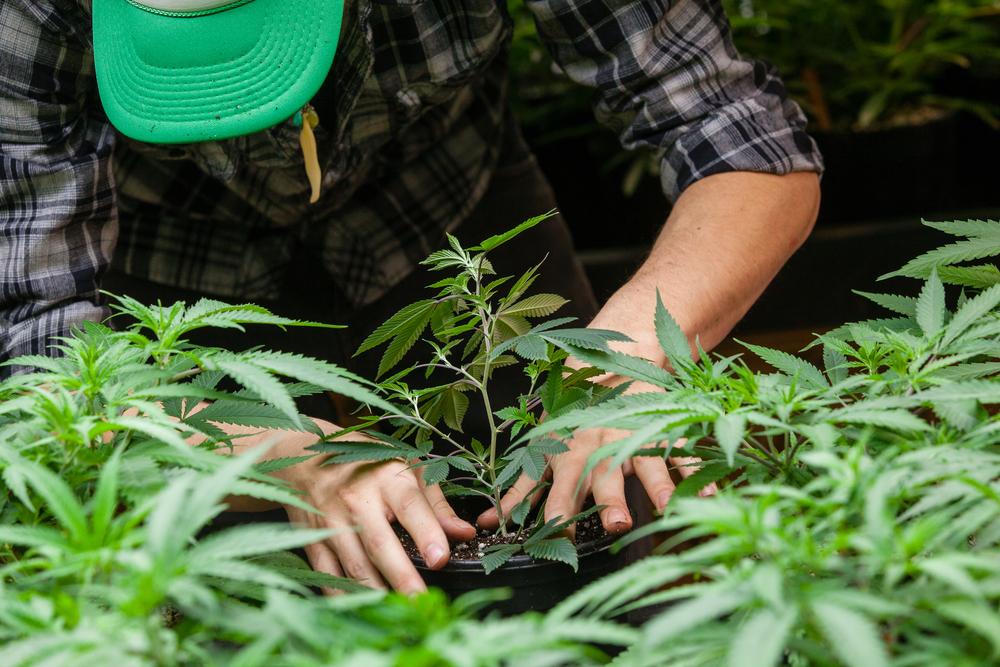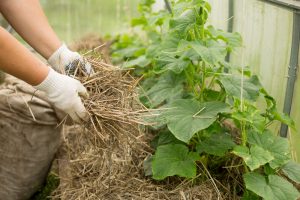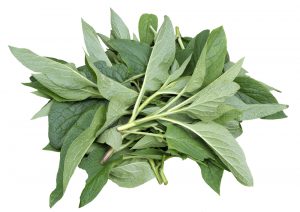The Benefits Of Companion Planting For Marijuana
Posted 7 years ago by Sera

Every garden should be provided the most supportive environment possible and your marijuana garden is no exception. You can think of a garden as being something like your home. Keeping it clean and tidy gives all the people living inside the best chance at enjoying the house fully. But keeping the place clean isn’t the only thing that makes a happy home. It pays off to have great housemates, too. Companion planting is kind of like giving marijuana the best housemates on the planet. Companion planting for marijuana is a way of giving your plants partners in the garden that will assist and nurture their growth.
Some growers use companion planting as a way to avoid using pesticides, while others do it just to make their grow spaces more efficient. Whether you grow indoors or outdoors, you can use a companion planting method. While most marijuana gardens grow only marijuana, introducing other plants to the grow space can add a lot of value to your growing endeavors.
Why choose companion planting?
So what’s the purpose of adding other plants to your marijuana garden? Companion planting is essentially a permaculture technique which increases the sustainability of your garden. It’s a way to take complete advantage of natural resources. Companion plants can be used as natural pesticides as well as to attract beneficial garden companions. While some insects are pests to marijuana, there are certain bacteria and fungi that marijuana loves – and companion planting can give them an incentive to come along.
Companion planting can also help to feed your cannabis garden. Some herbs and plants are full of nutrients that growers go spending a fortune on. Simply by planting them in the soil around your marijuana plants, you can give extra nourishment to your garden.
These might sound like simple techniques to use – and they are. But the difference it can make to your crop is enormous. The difference between average weed and exceptional weed is the presence of all of the beneficial bacteria and fungi that make your garden a living ecosystem – rather than a monoculture.
Start companion planting by preparing your soil

There’s no use in trying to create a permaculture haven around your plants if your soil isn’t well prepared. Soil that has been robbed of its nutrients and good bacteria is kind of dead and doesn’t serve any of your plants the way that it should. The soil is the medium in which all of your companion plants – and your marijuana plants – will grow. So making sure that it is rich with good bacteria is essential to growing great weed.
If you aren’t prepared with a compost bin, it’s okay. There is a simple solution to encouraging the rebirth of active fungi and bacteria in the top layer of your soil. All you have to do is start layering some plant material that has had no contact with chemicals right over the top of your soil. You can use basically anything, from straw to fallen leaves to sticks to banana peels. So long as you’re sure no pesticides or insecticides have been used around the plant material you plan to use, you’re free to start layering.
This will bring the top layer of your soil back to life, and that bacteria will slowly start to penetrate to deeper layers of the soil. This creates a symbiotic relationship between your plants and the microbial life that lives in soil. Such a relationship encourages the cultivation of more plants without destroying the planet. So you won’t just be doing your plants a favor, but you’ll be doing the environment a favor, too.
If you are growing weed in pots, you can still layer plant material in them. You don’t have such a huge surface area to cover, either, so you’ll need much less of it.
Pest-fighting companion plants for marijuana
If you want to avoid using pesticides in your grow room or your outdoor growing space, companion planting is the perfect solution for marijuana. By using any of these companion plants, you can repel the kinds of insects and mites that have a tendency to destroy your marijuana crop.
Marigolds: This flower repels white flies with their aroma. The chemical which produces this aroma makes its way into the soil and into your marijuana plants, which also makes them repel white flies.
Cilantro: Fights spider mids and aphids.
Garlic: Planting garlic in your marijuana garden fights off pests and at the same time can encourage natural, beneficial fungi. Garlic repels aphids, root maggots, Japanese beetles, and slugs.
Basil: Basil has a natural insecticide in its leaves, so it repels all kinds of insects from your plants.
Chrysanthemum: This flower contains a compound called pyrethrin, a compound often used in insecticides. It sends away insects and nematodes that destroy your marijuana plants.
Foxglove: Foxglove works by attracting Dicyphus Hesperus, an insect which kills white flies, spider mites, and aphids.
Dill & Fennel: If you have a repetitive insect problem in your garden and haven’t been able to fight them off with natural methods, you can trick them. For example, butterflies love dill and fennel. You can deter them from your marijuana plants by planting dill and fennel for them to snack on instead.
Sunflower: Sunflower attracts the right kind of predatory insects that will kill spider mites and fungus gnats.
Companion planting for optimal feeding

As mentioned earlier, there are some plants you can add to your garden that will give your marijuana plants a boost of nutrition. Here are a few that you can try.
Borage or Comfrey: Any species of the comfrey family works in more or less the same way. They grow their roots really deep and are able to draw nutrients from deep down in the soil, bringing the nutrients up with them. They are great companions, although they grow quickly and take up a lot of space. If they start invading some of the space of your marijuana, you can trim them and use the trimmings as mulch.
Clover: Works in very similar ways to comfrey, although it also carries the ability to degrade organic matter. In doing so, it releases nitrogen into the soil to be used by other living organisms – such as your marijuana plants! This plant also encourages water distribution for its ability to contain moisture in shallow parts of the soil. If you are growing indoors in pots, you can plant microclover in the pots themselves.
Alfalfa: Also produces nitrogen for the soil and grows in a nitrogen-rich layer over the soil. You can trim it if necessary, and leave the trimmings as mulch.
Stinging nettle: This herb increases the production of oils in nearby plants. This may encourage more resin material to form on your buds.
Oregano: Oregano is known to increase the yield of marijuana plants!
Camouflage your marijuana garden with companion plants
You can also use companion planting for marijuana as a way to deter the biggest pest of all – nosey onlookers. Unfortunately, even though weed is now legal in so many states, there are still many people who turn their noses up at a marijuana garden in disgust. To repel that kind of pest, you can use any number of tall growing plants as a camouflage.
If you want to hide your marijuana plants, try planting bamboo or honeysuckle. It’s good to plant them sooner rather than later to give them a chance to be as tall as your marijuana plants. If you need to hide the smell, you can plant basil or lavender, jasmine or mint! You can be creative when it comes to hiding the smell and sight of your marijuana plants!
You are doing your marijuana garden a great favor by companion planting. It really is like giving your plants some friends to hang out with during the journey. Companion planting is a great way to make your crop sustainable and of great quality.